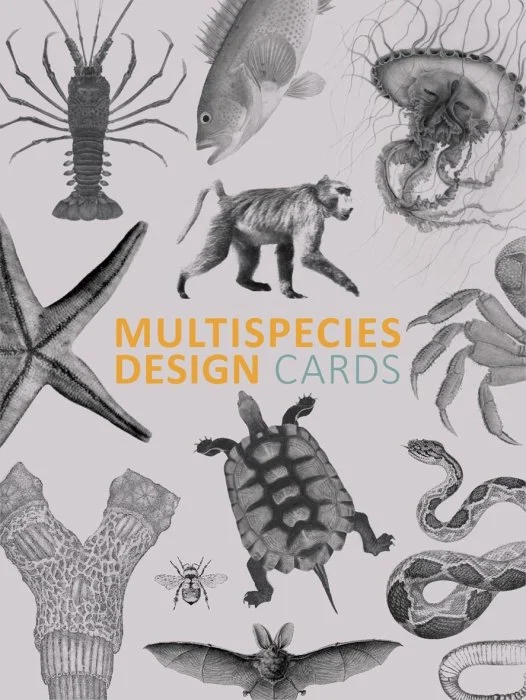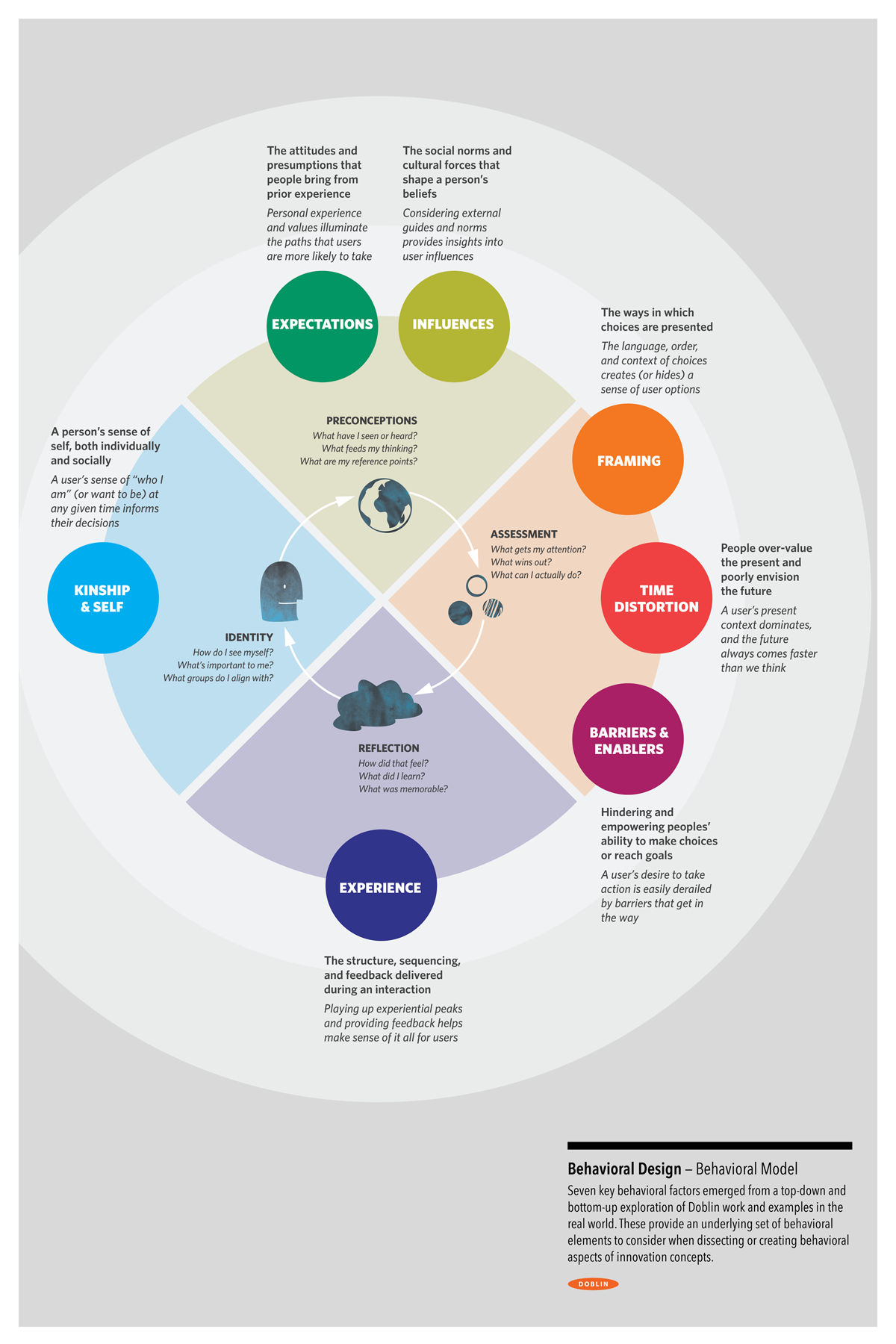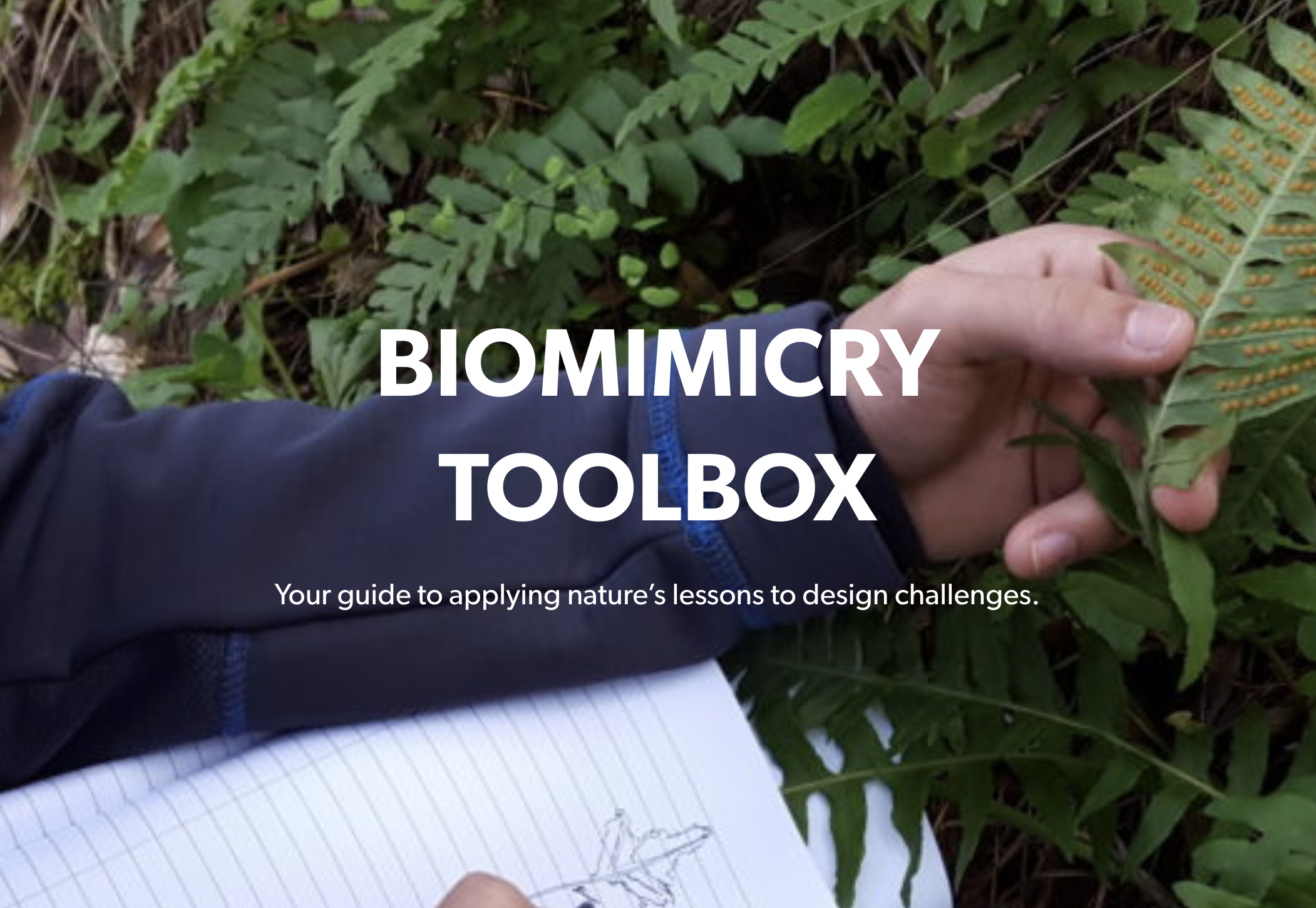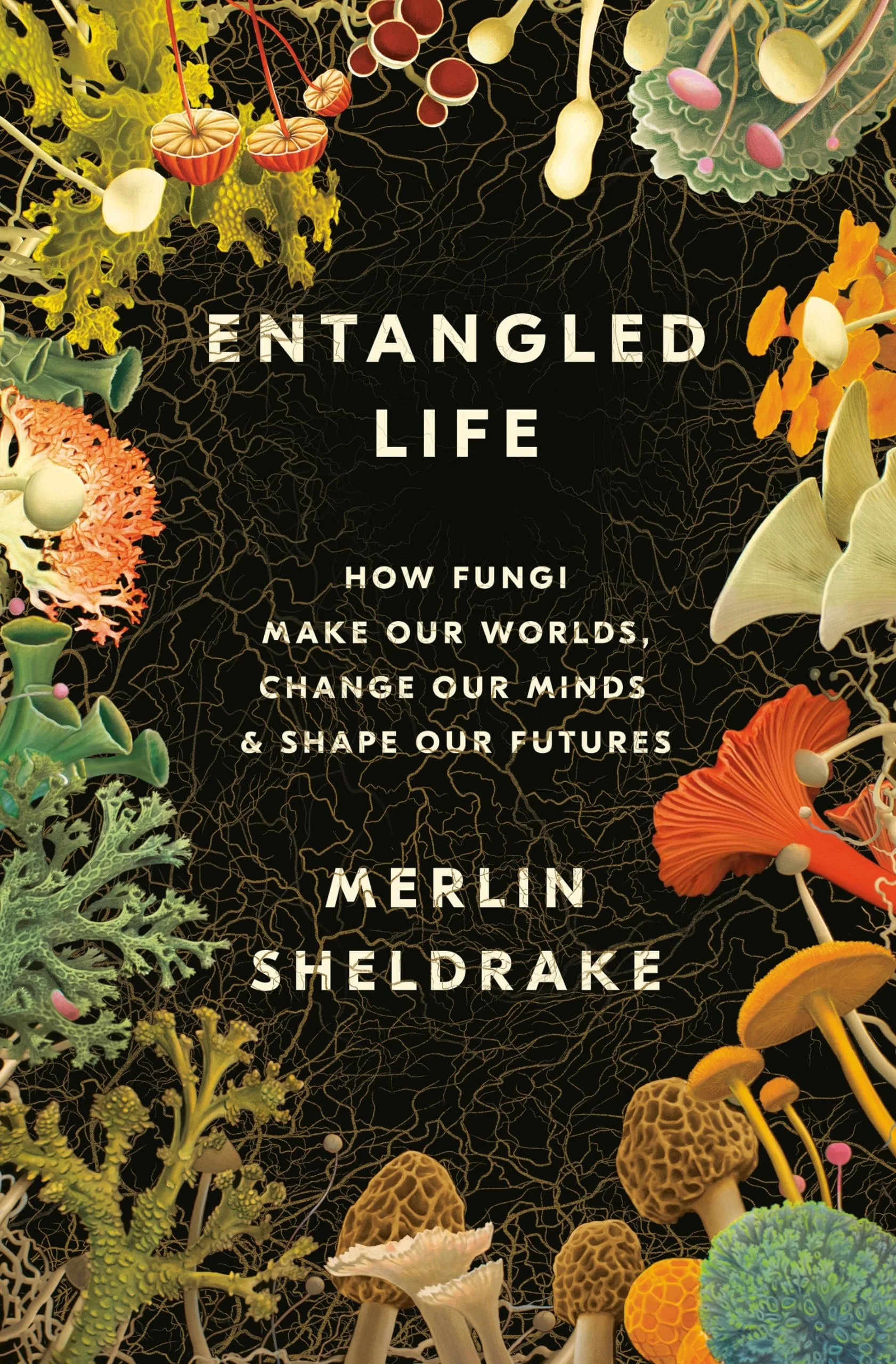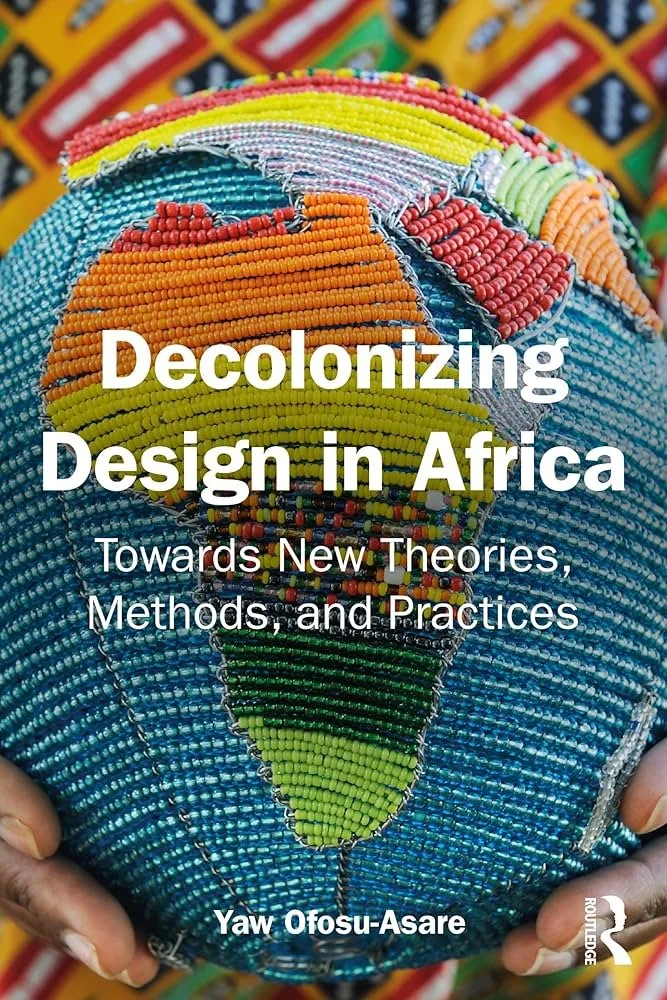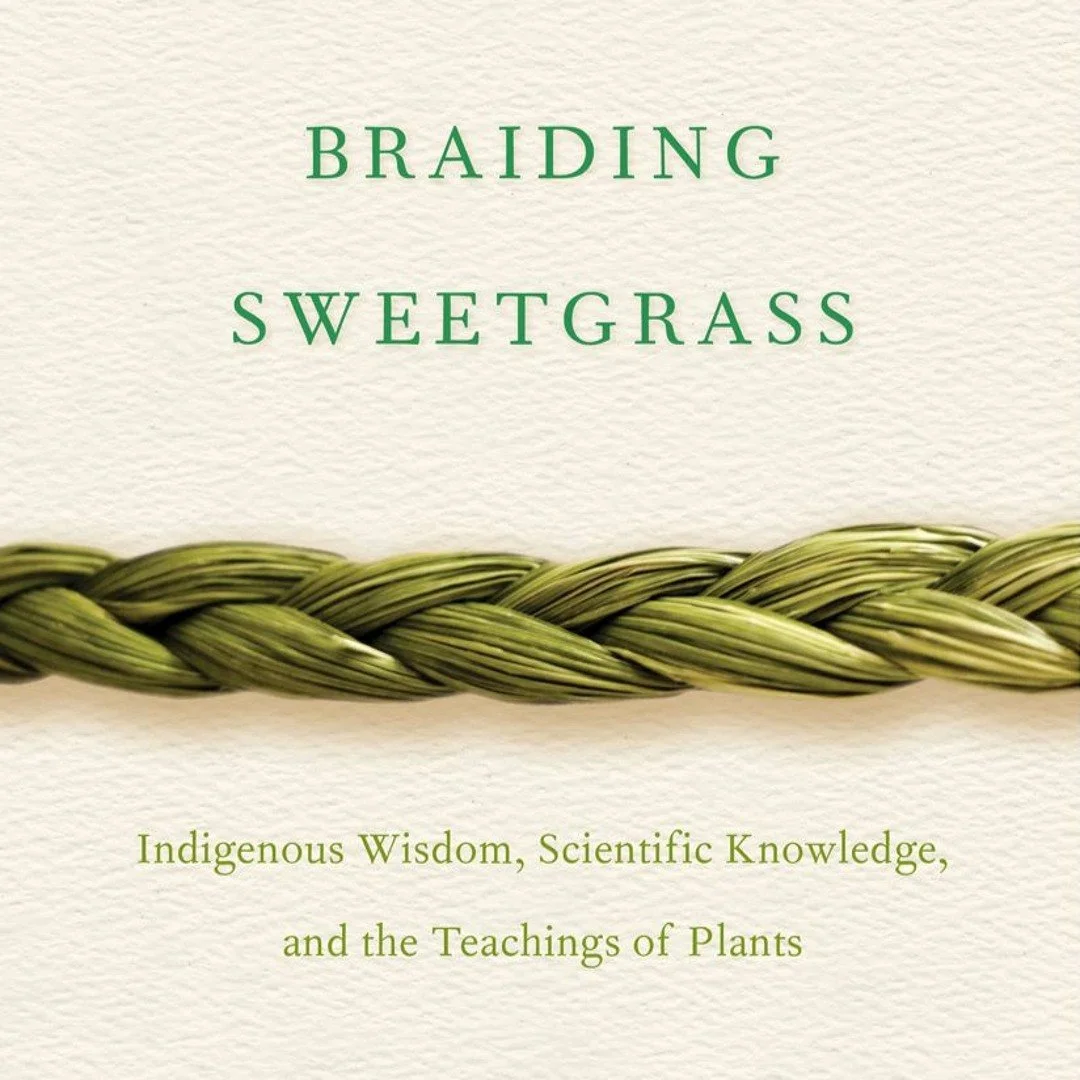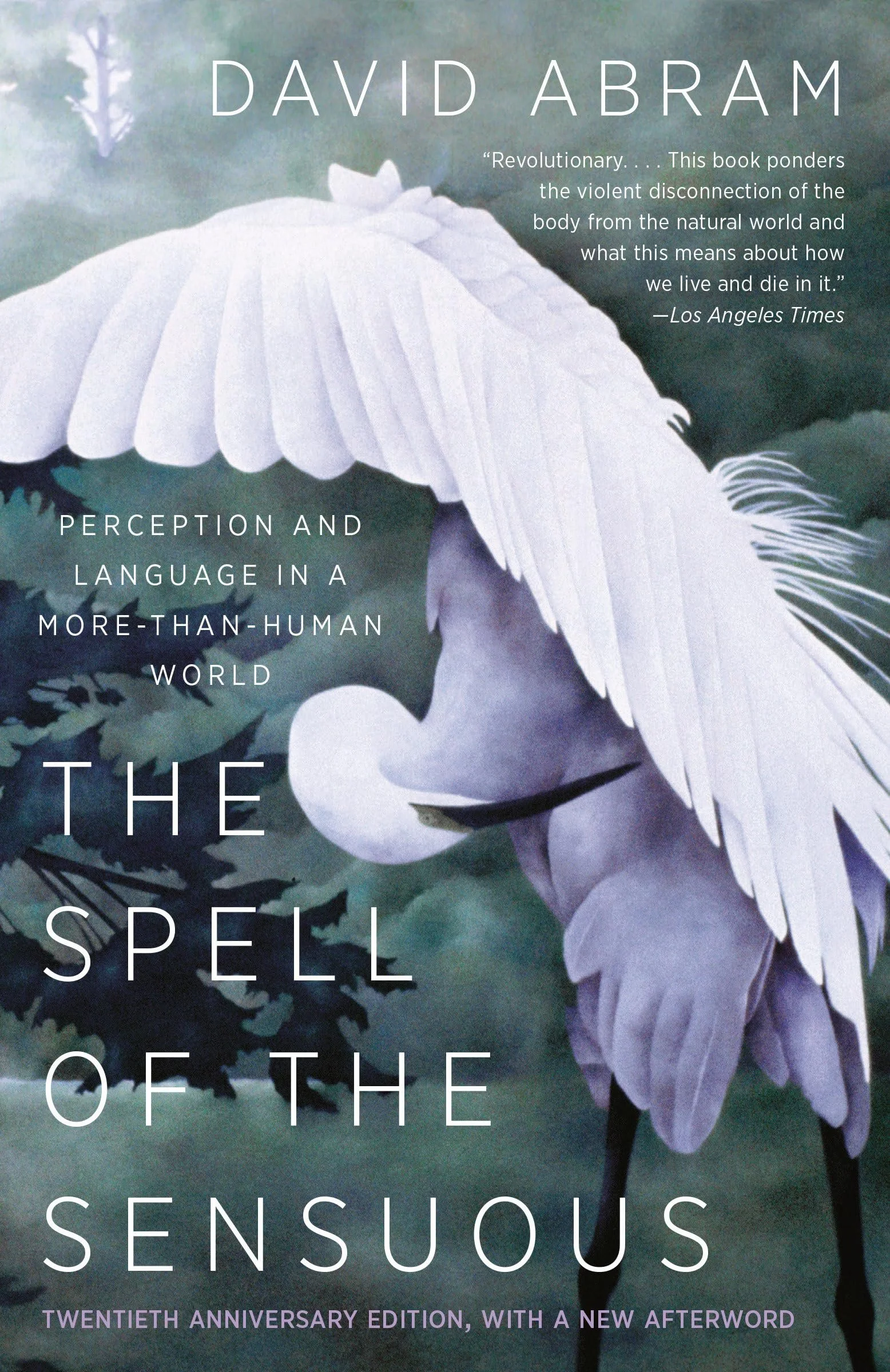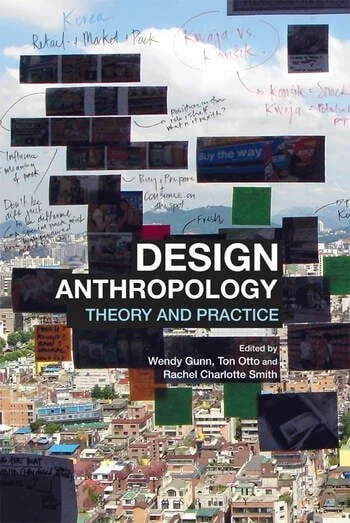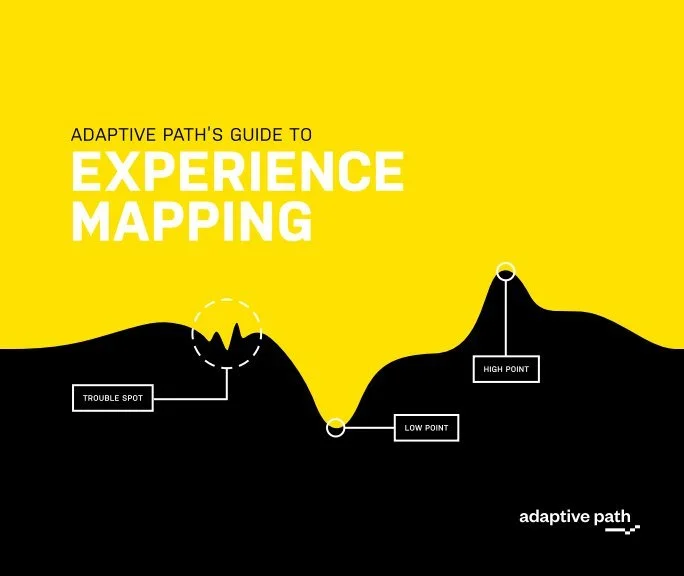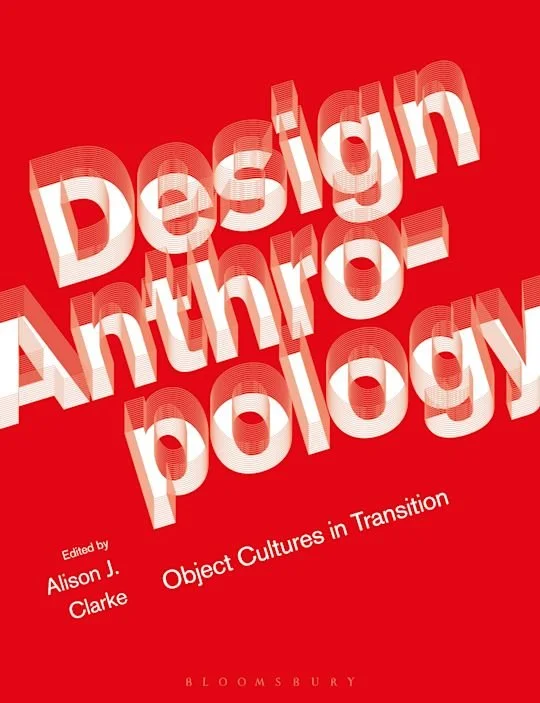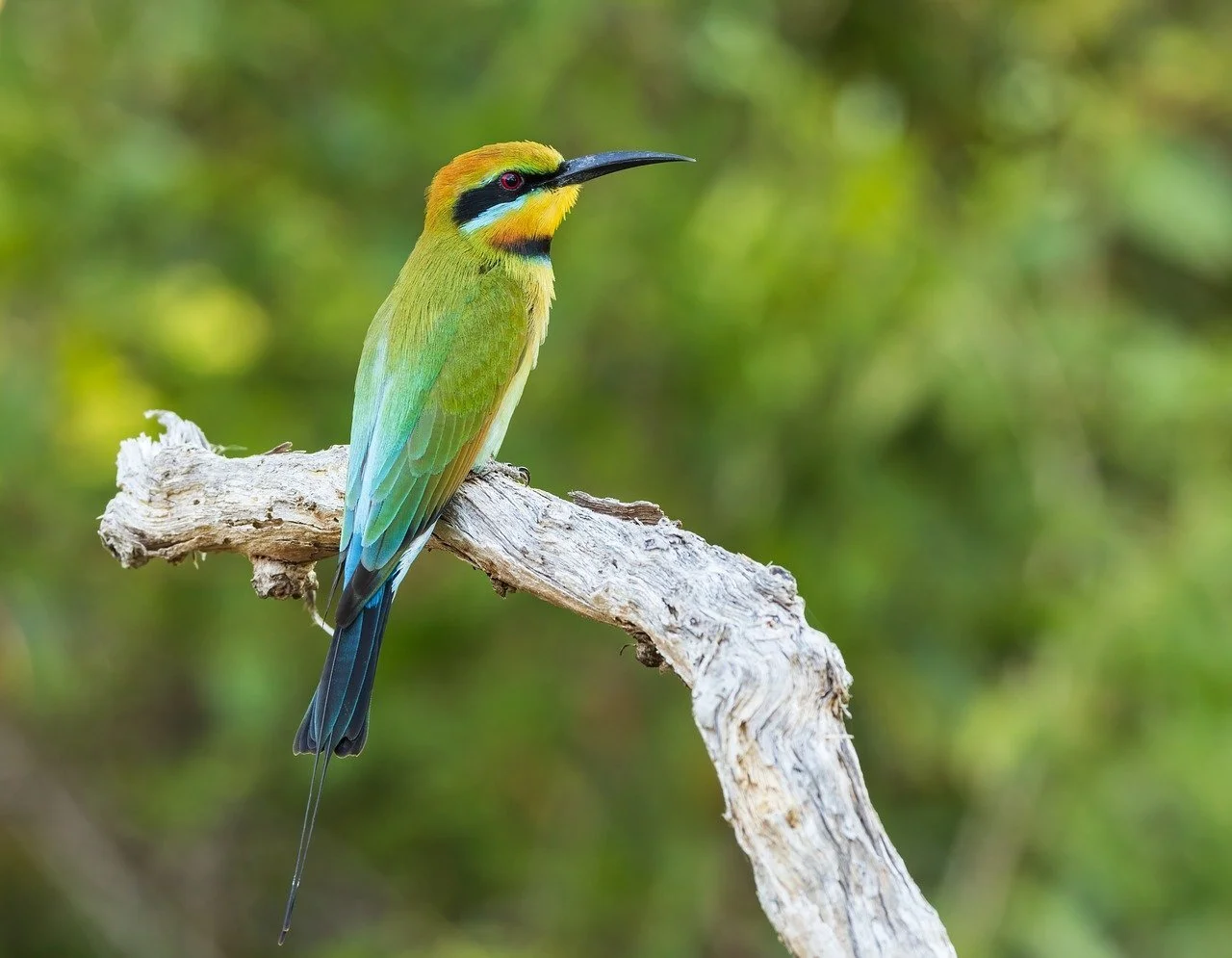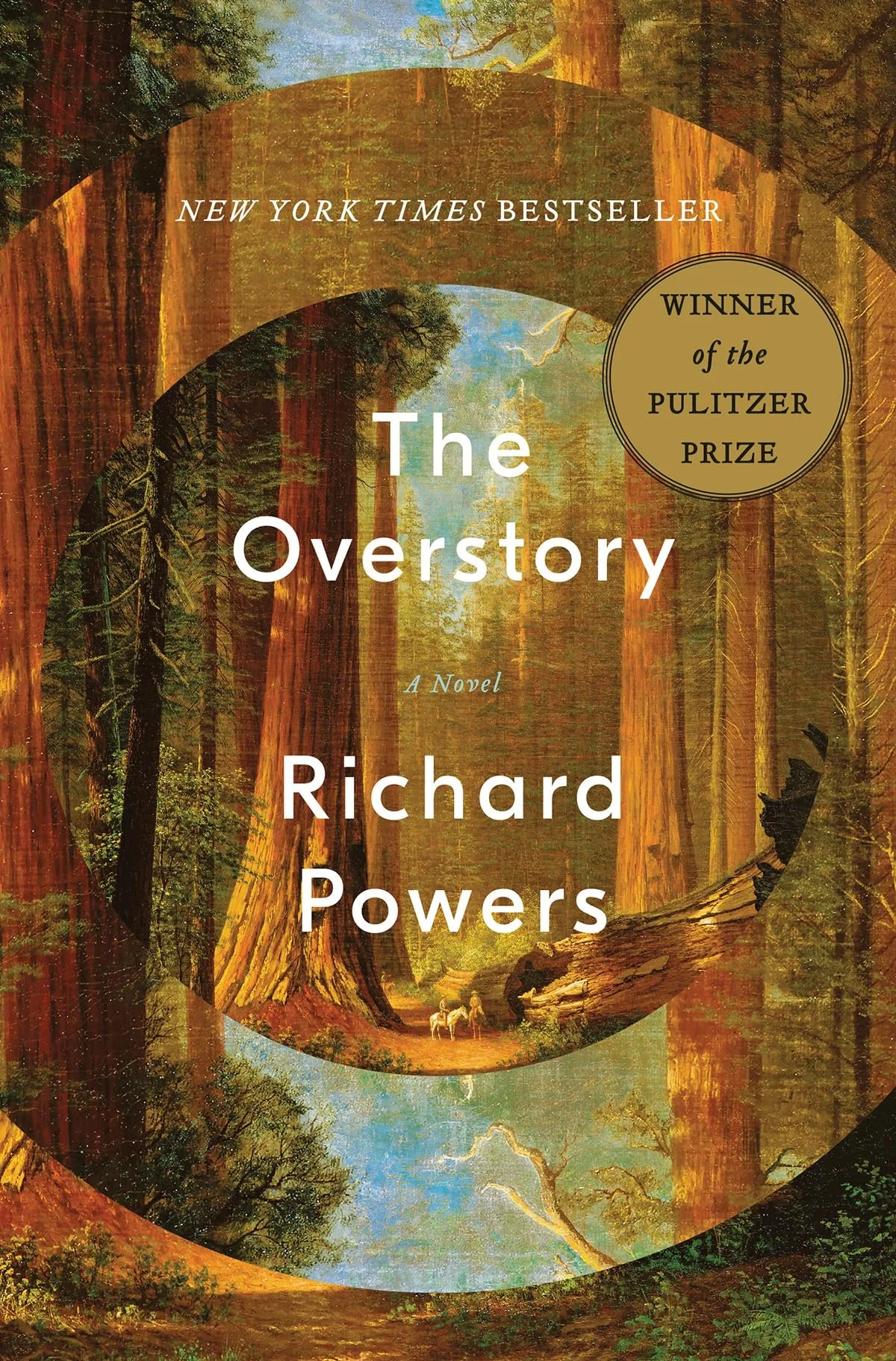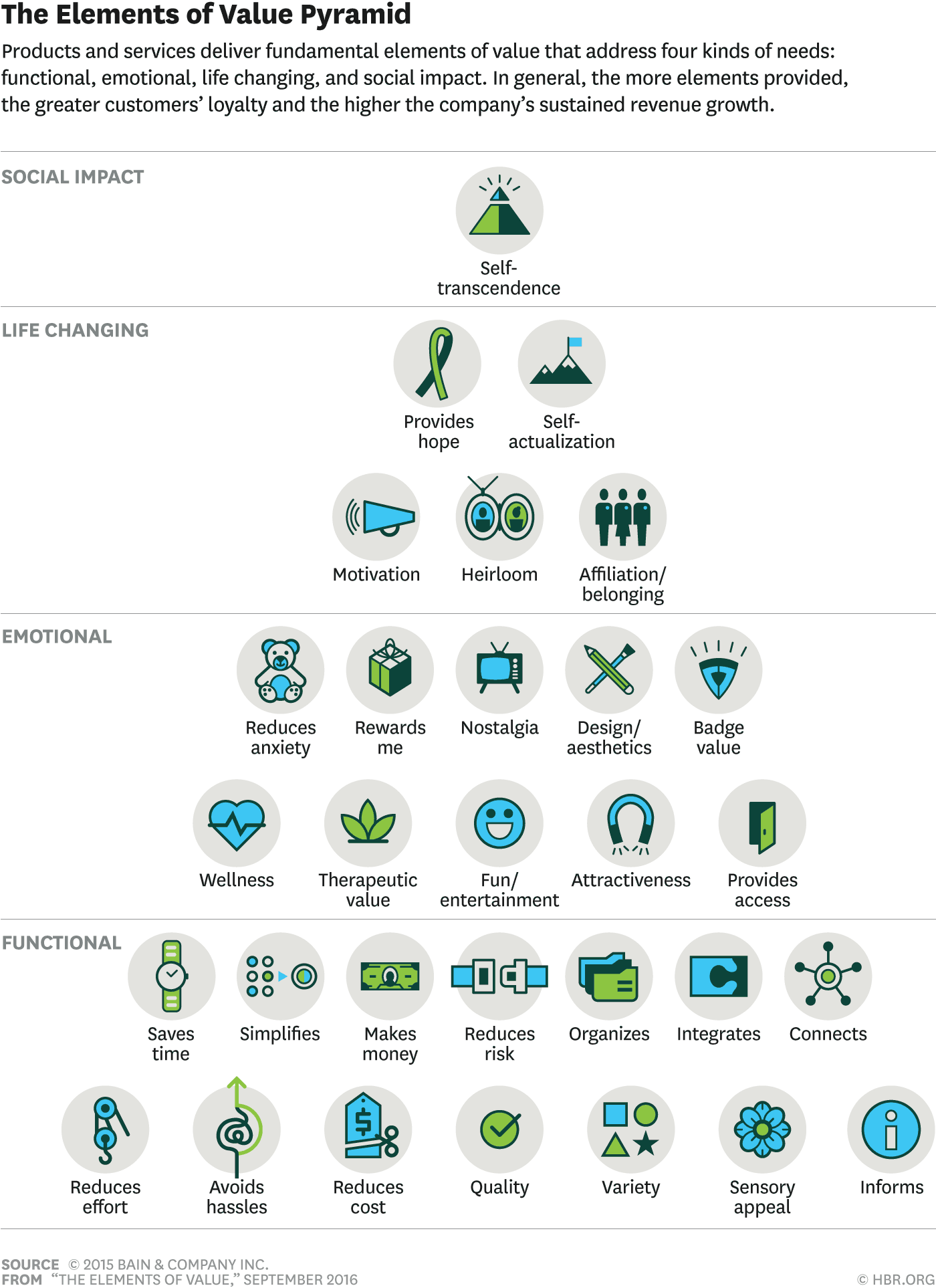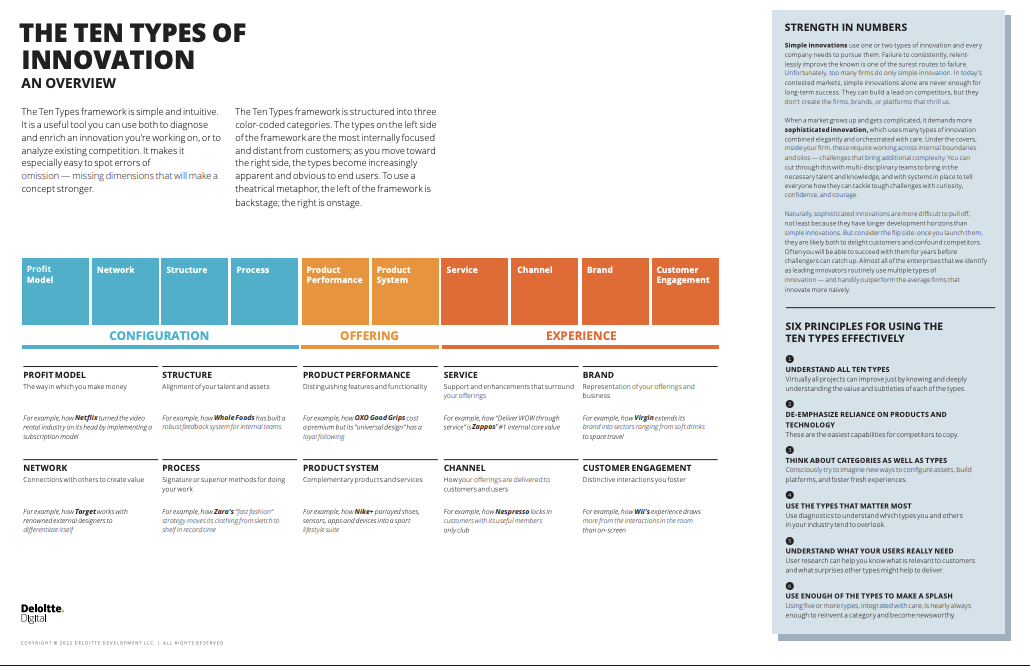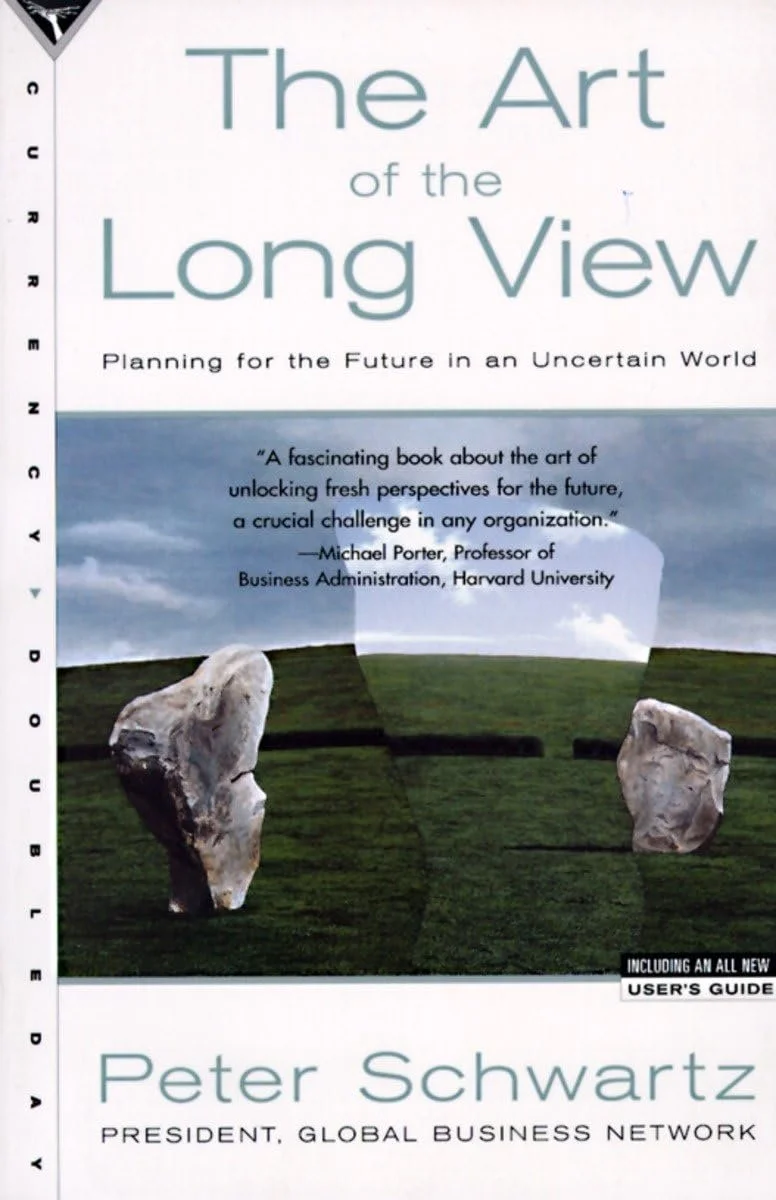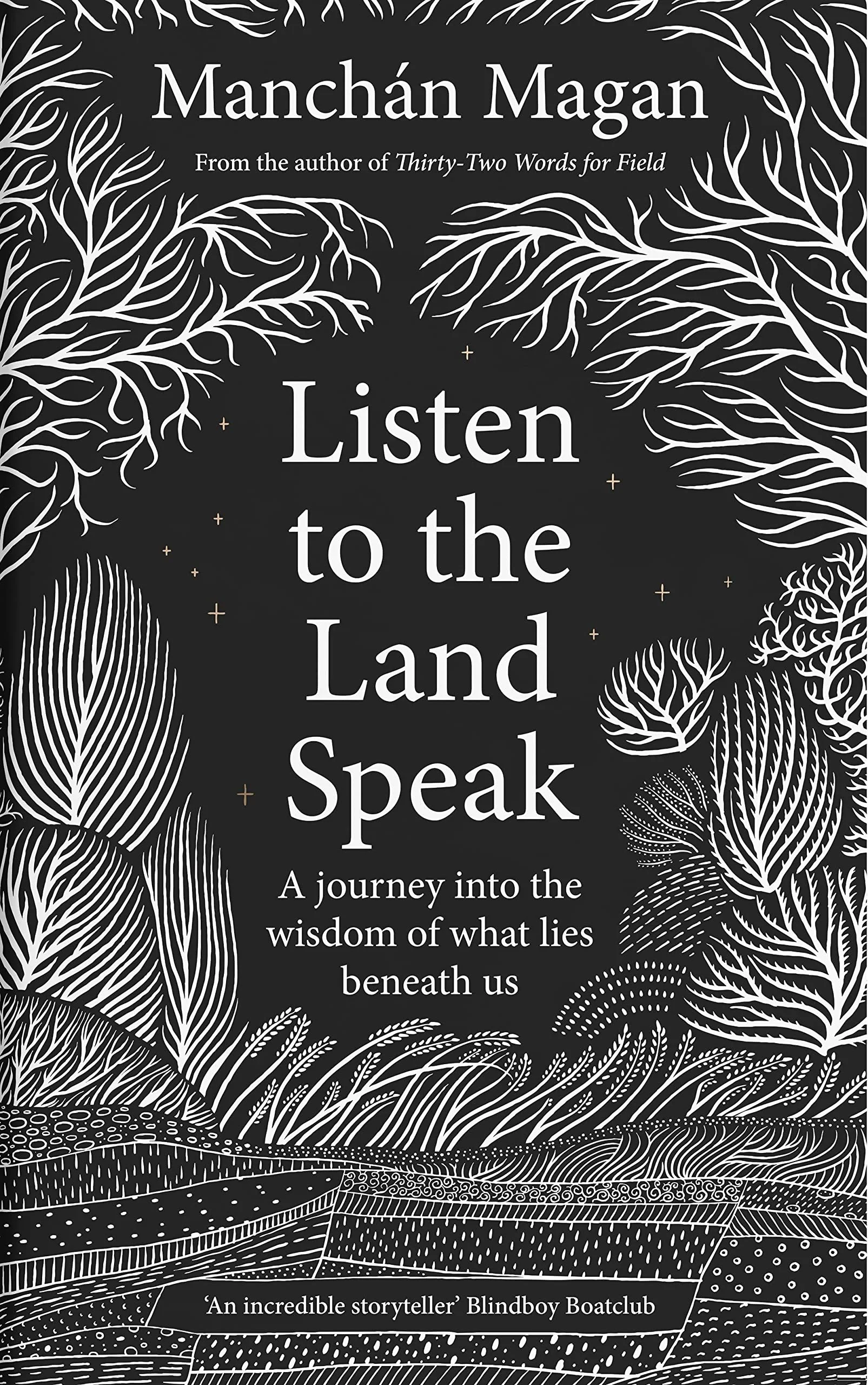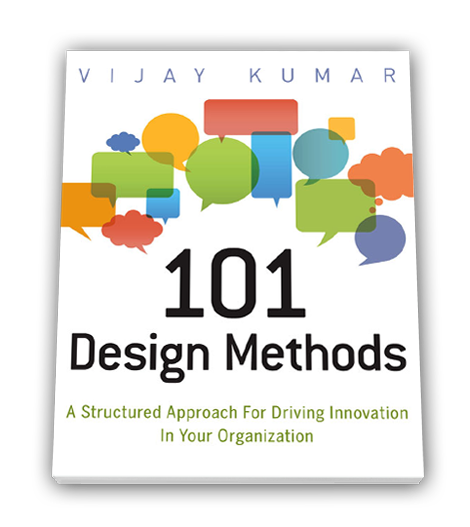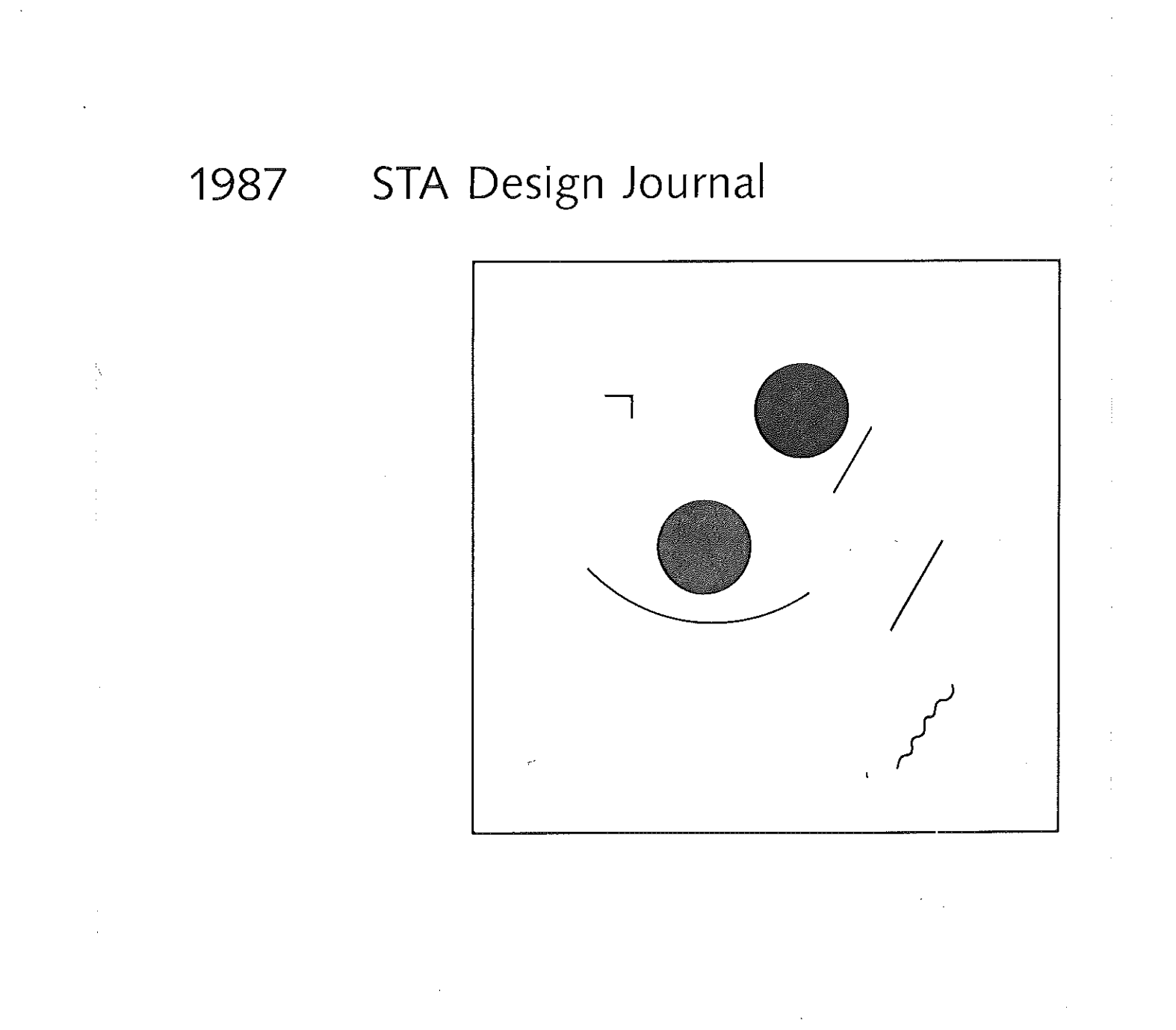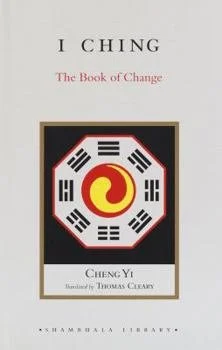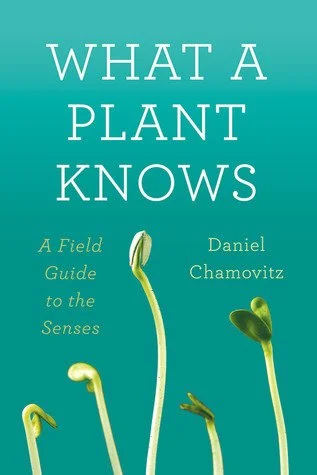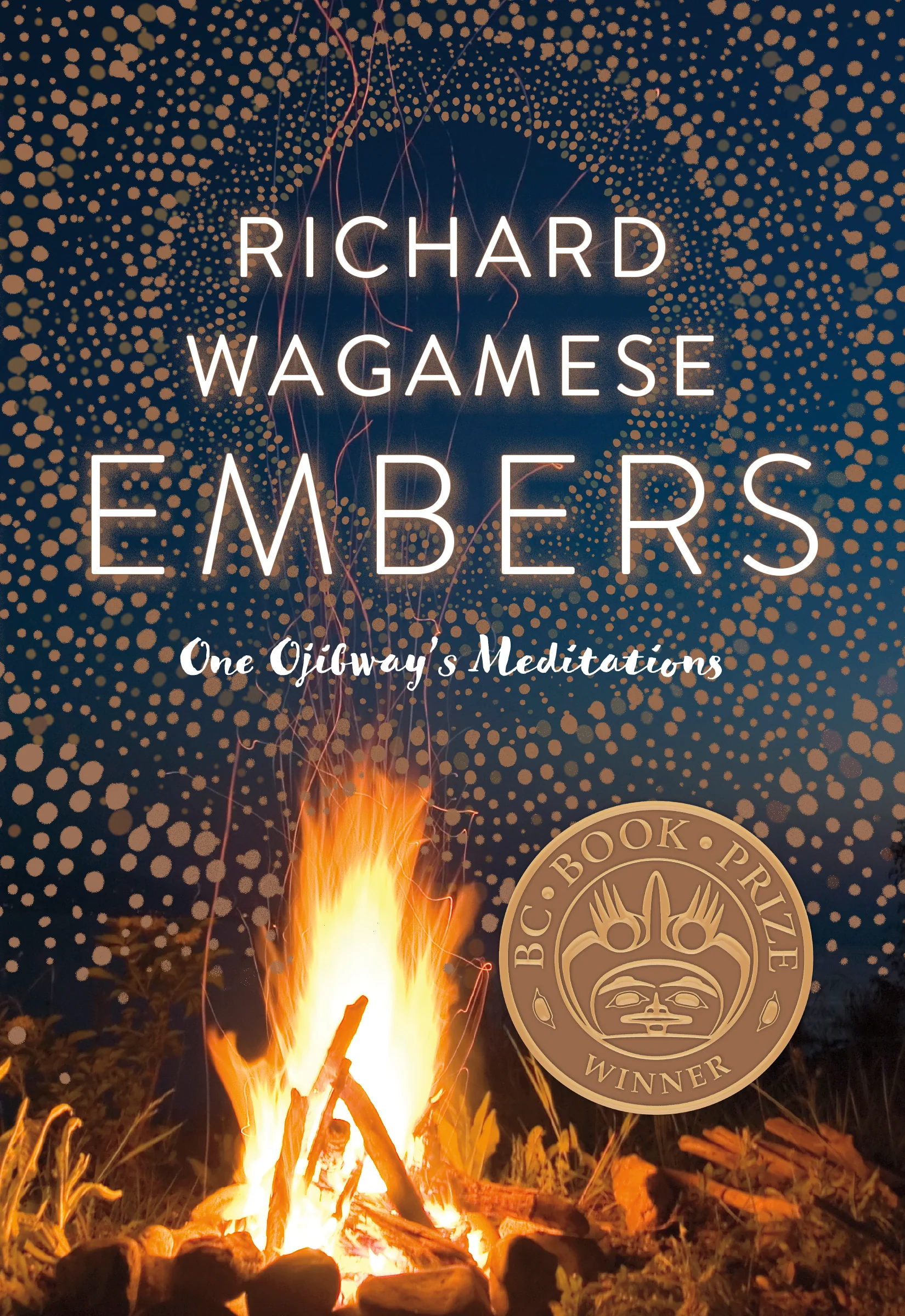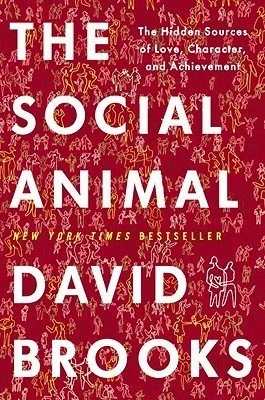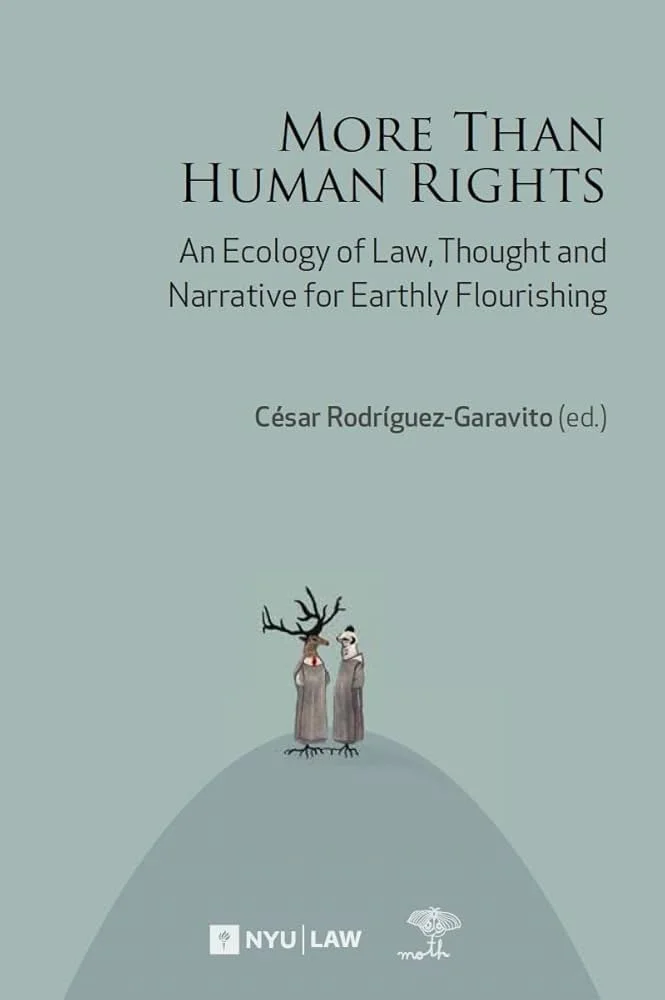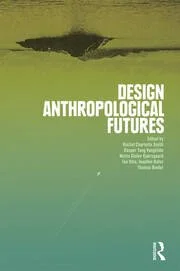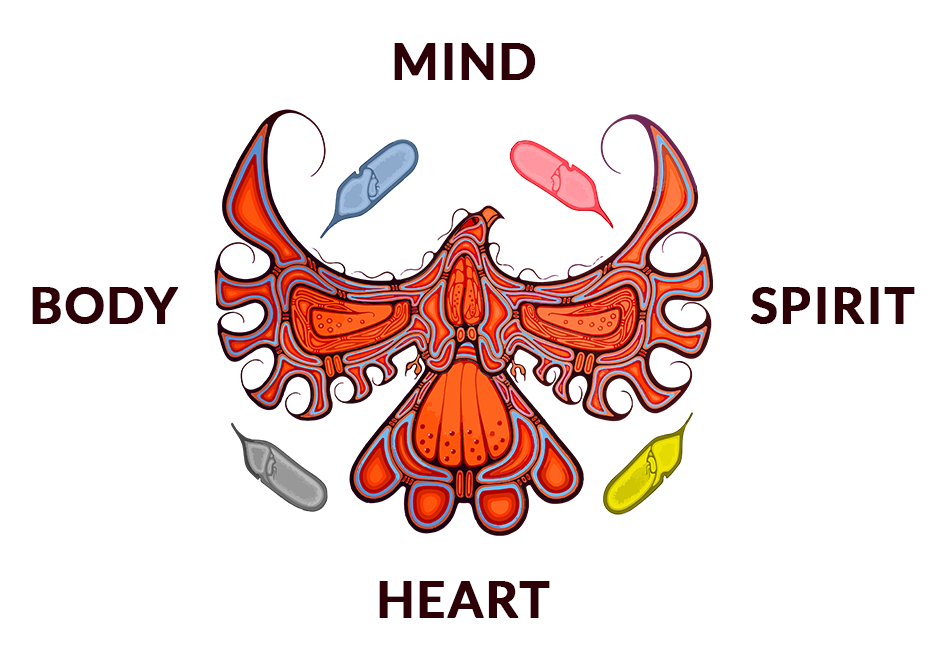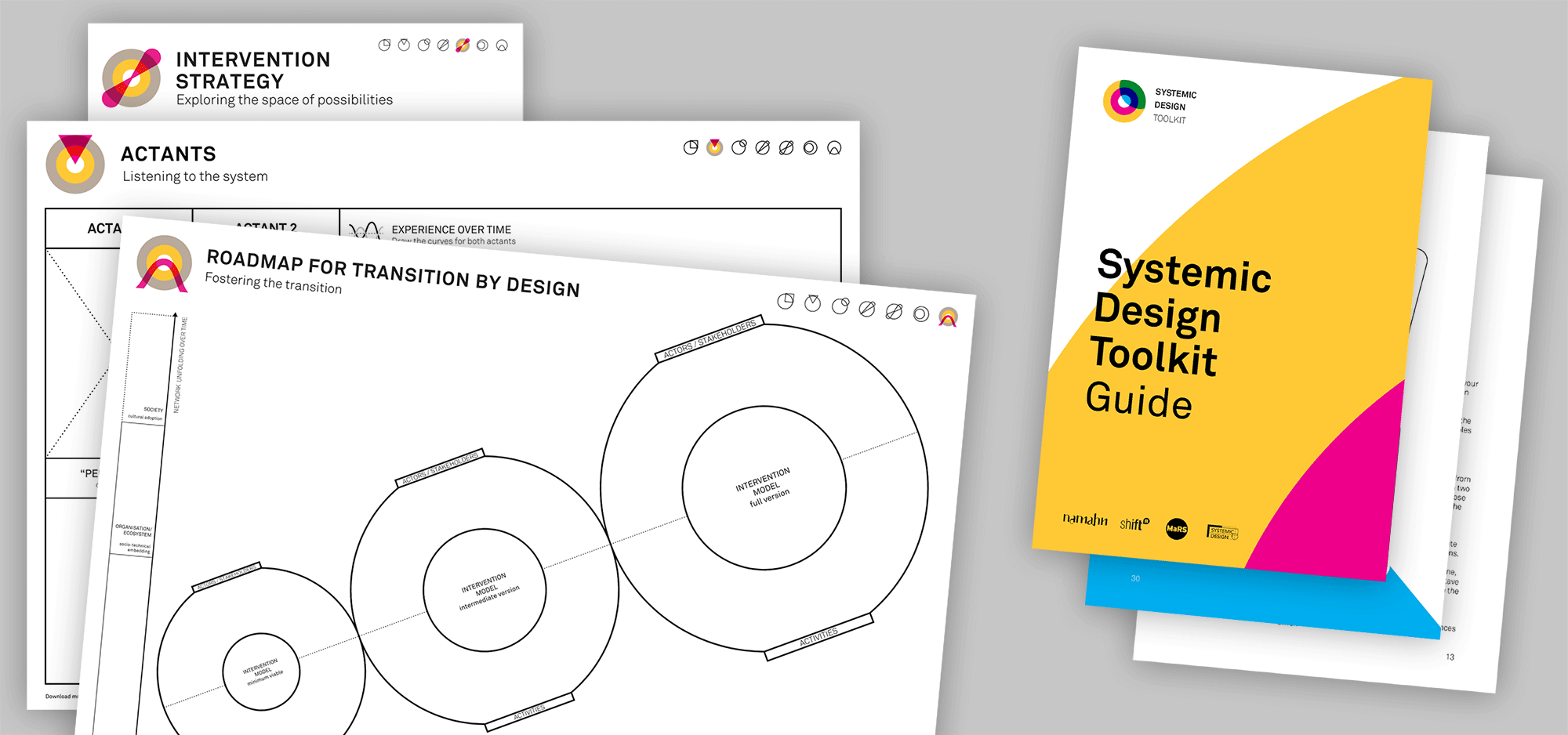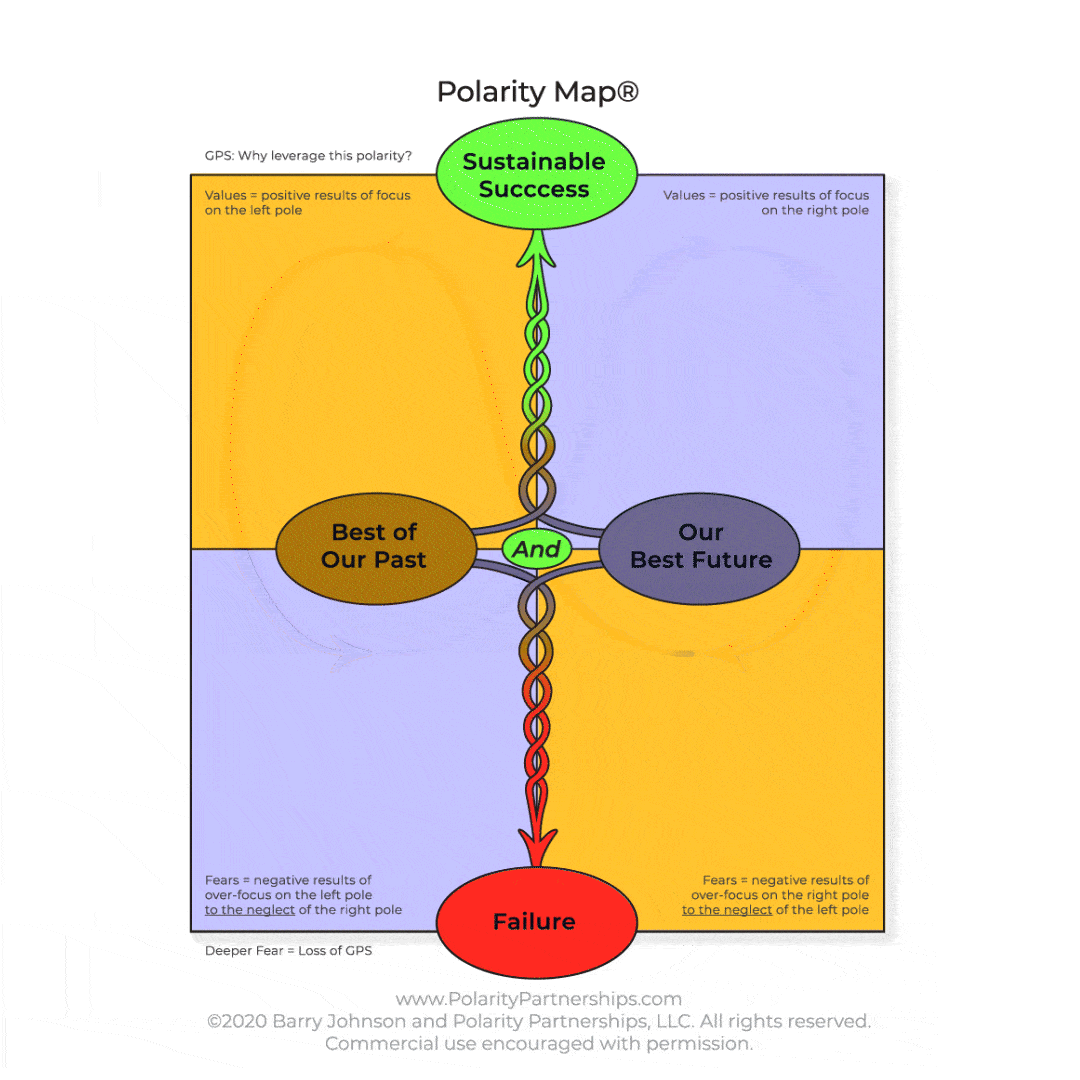Toolkit
Summary: The Multispecies Design (MD) cards are a set of guidelines and suggestions that can be used in design projects that involve wild animal species.
Toolkit
Summary: Seven key behavioral factors emerged from a top-down and bottom-up exploration of Doblin work and real-world examples. These factors ground a set of 30 behavioral tactics to consider when dissecting or creating behavioral interventions for learning, organizational change, or product/service design.
Toolkit
Summary: By applying nature’s design lessons, we can create solutions that help support a healthy planet.This digital resource site from the Biomimicry Institute provides a quick-start guide to biomimicry, introducing the core concepts and methods that are essential to successfully incorporate insights from nature into design.
Toolkit
Summary: 50 Practices to Resist Grind Culture. The Nap Ministry's Rest Deck is a rousing call to reclaim rest in everyday life. Delivered in a stunning package with gold accents and gorgeous artwork throughout, the deck combines restorative meditations with prescient wisdom from celebrated activist and teaching artist Tricia Hersey, a.k.a. "the Nap Bishop," and founder of the Nap Ministry.
Book
Summary: Thinking about fungi makes the world look different. When we think of fungi, we probably think of mushrooms. But mushrooms are only fruiting bodies, analogous to apples on a tree. Most fungi live out of sight, yet make up a massively diverse kingdom of organisms that support and sustain nearly all living systems. The more we learn about fungi, the less makes sense without them.
Book
Summary: Decolonising Design in Africa offers a groundbreaking exploration of design education in Africa through a decolonial lens. By examining the colonial legacies that have shaped design education in Africa, it foregrounds the problematic ways that current pedagogical approaches primarily reflect western values and priorities. This book advocates for integrating Indigenous knowledge, cultural practices, and philosophies into contemporary African design education.
Book
Summary: As a botanist, Robin Wall Kimmerer has been trained to ask questions of nature with the tools of science. As a member of the Citizen Potawatomi Nation, she embraces the notion that plants and animals are our oldest teachers. In Braiding Sweetgrass, Kimmerer brings these two lenses of knowledge together to take us on “a journey that is every bit as mythic as it is scientific, as sacred as it is historical, as clever as it is wise” (Elizabeth Gilbert).
Book
Summary: Animal tracks, word magic, the speech of stones, the power of letters, and the taste of the wind all figure prominently in this intellectual tour de force that returns us to our senses and to the sensuous terrain that sustains us. This major work of ecological philosophy startles the senses out of habitual ways of perception.
Book
Summary: Design is a key site of cultural production and change in contemporary society. Anthropologists have been involved in design projects for several decades but only recently a new field of inquiry has emerged which aims to integrate the strengths of design thinking and anthropological research.This book is written by anthropologists who actively participate in the development of design anthropology.
Toolkit
Summary: Increasingly, customers choose products and services based on the quality of the experiences they have with them. To prevent those experiences from breaking down, and to help organizations navigate cross-channel complexity, you need a map. Experience mapping is a strategic process of capturing and communicating complex customer interactions. The activity of mapping builds knowledge and consensus across your organization, and the map helps build seamless customer experiences.
Book
Summary: Design Anthropology brings together leading international design theorists, consultants and anthropologists to explore the changing object culture of the 21st century. Decades ago, product designers used basic market research to fine-tune their designs for consumer success. Today the design process has been radically transformed, with the user center-stage in the design process. From design ethnography to culture probing, innovative designers are employing anthropological methods to elicit the meanings rather than the mere form and function of objects. This important volume provides a fascinating exploration of the issues facing the shapers of our increasingly complex material world.
Book
Summary: Biomimicry is rapidly transforming life on earth. Biomimics study nature's most successful ideas over the past 3.5 million years, and adapt them for human use. The results are revolutionizing how materials are invented and how we compute, heal ourselves, repair the environment, and feed the world.
Paper
Summary: There is a growing network of people and places exploring and practising how governance and policy design can draw on more-than-human and planetary intelligences. We are conducting an exploratory research project to learn who is conducting new governance experiments in Europe to map the field, learn from best practices, and share these findings.
Book
Summary: Strangers—each summoned in different ways by trees—are brought together in a last and violent stand to save the continent’s few remaining acres of virgin forest. In his twelfth novel, National Book Award winner Richard Powers delivers a sweeping, impassioned novel of activism and resistance that is also a stunning evocation of—and paean to—the natural world.
Article
Summary: What consumers truly value can be difficult to pin down and psychologically complicated. Three decades of experience doing consumer research and observation for corporate clients led the authors—all with Bain & Company—to identify 30 “elements of value.” Their model traces its conceptual roots to Abraham Maslow’s “hierarchy of needs” and extends his insights by focusing on people as consumers: describing their behavior around products and services.
Toolkit
Summary: The building blocks of breakthroughs. At the heart of any new discipline there often lies a simple, organizing system—an underlying structure and order governing what works and what fails. This is what the Ten Types of Innovation® framework brings to innovation. Consciously understanding it makes innovation easier and more effective
Book
Summary: Planning for the future in an uncertain world. What increasingly affects all of us, whether professional planners or individuals preparing for a better future, is not the tangibles of life—bottom-line numbers, for instance—but the intangibles: our hopes and fears, our beliefs and dreams. Only stories—scenarios—and our ability to visualize different kinds of futures adequately capture these intangibles.
Book
Summary: A journey into the wisdom of what lies beneath us. Our ancestors developed a uniquely nature-focused society, centred on esteemed poets, seers, monks, healers and wise women who were deeply connected to the land. They used this connection to the cycles of the natural world – from which we are increasingly dissociated – as an animating force in their lives. In this illuminating new book, Manchán Magan sets out on a journey, through bogs, across rivers and over mountains, to trace these ancestor’s footsteps. He uncovers the ancient myths that have shaped our national identity and are embedded in the strata of land that have endured through millennia – from ice ages through to famines and floods.
Book
Summary: Unlike other books on the subject, 101 Design Methods approaches the practice of creating new products, services, and customer experiences as a science, rather than an art, providing a practical set of collaborative tools and methods for planning and defining successful new offerings.
Article
Summary: Jay Doblin worked for 15 years as a design practitioner, principally with Raymond Loewy, Lippincott& Margulies, and Unimark. For an additional 15 years he worked as a design professor at Illinois Institute of Technology’s Institute for Design. For the next 15 years, he worked as a design theoretician. By way of explanation he admits ruefully it seems to be taking longer to figure stuff out that he thought it would.
Book
Summary: An exploration common patterns and cause/effect relationships between periods of change at both individual and collective levels. The I Ching explores natural patterns of transformation (for example, after Accumulation comes Dispersal). It also explores the very different experiences people can have of the same phenomenon, based on your position within a power structure. An ancient text which includes translations of the Ten Wings--the commentaries by Confucius essential to the I Ching's insights.
Book
Summary: Thoroughly updated from root to leaf, this revised edition of the groundbreaking What a Plant Knows includes new revelations for lovers of all that is vegetal and verdant. The renowned biologist Daniel Chamovitz builds on the original edition to present an intriguing look at how plants themselves experience the world—from the colors they see to the schedules they keep, and now, what they do in fact hear and how they are able to taste.
Book
Summary: In this carefully curated selection of everyday reflections, Richard Wagamese finds lessons in both the mundane and sublime as he muses on the universe, drawing inspiration from working in the bush--sawing and cutting and stacking wood for winter as well as the smudge ceremony to bring him closer to the Creator. Embers is perhaps Richard Wagamese's most personal volume to date. Honest, evocative and articulate, he explores the various manifestations of grief, joy, recovery, beauty, gratitude, physicality and spirituality--concepts many find hard to express.
Book
Summary: A scientific revolution has occurred—we have learned more about the human brain in the last thirty years than we had in the previous three thousand. The unconscious mind, it turns out, is most of the mind—not a dark, vestigial place but a creative and enchanted one, where most of the brain’s work gets done. This is the realm of emotions, intuitions, biases, longings, genetic predispositions, personality traits, and social the realm where character is formed and where our most important life decisions are made. The natural habitat of The Social Animal.
Book
Summary: An Ecology of Law, Thought and Narrative for Earthly Flourishing. This book includes contributions from leading lawyers, scientists, philosophers, and writers from around the world who participated in the inaugural gathering of the More-Than-Human Rights (MOTH) project. The volume discusses the philosophical, legal, and scientific foundations of the MOTH framework as well as its implications for ideas and practices in fields such as law, human rights, ecology, politics, and storytelling.
Book
Summary: A major contribution to the field, this ground-breaking book explores design anthropology’s focus on futures and future-making. Examining what design anthropology is and what it is becoming, the authors push the frontiers of the discipline and reveal both the challenges for and the potential of this rapidly growing transdisciplinary field. Divided into four sections – Ethnographies of the Possible, Interventionist Speculation, Collaborative Formation of Issues, and Engaging Things – the book develops readers’ understanding of the central theoretical and methodological aspects of future knowledge production in design anthropology.
Book
Summary: These workshops offer students an opportunity to learn about the duality in entrepreneurship and innovation, and invite them to think in new ways about themselves, their community, and our connection to the spirit of the land. The workshops are lead by Redbird Circle in partnership with The University of Toronto, bringing an Indigenous and non-Indigenous lens to entrepreneurship. These workshops aim to build traditional knowledge, build community, facilitate partnerships and mentorships, and build pathways to success for Indigenous entrepreneurs
Design at MaRS Handbook
by Ariel Sim et. al
Toolkit
Summary: An introductory Guide to Systemic, Behavioural, & Visual Design Practices. From service and product design to behavioral, system, and visual design (to name a few), design is a broad term that can be applied to the planning and creating of structures, environments, interfaces, products, services, features and processes. Regardless of your current skill level, with practice and the right tools in your toolbox, your critical eye for design will evolve to see through new lenses. May this Design Handbook exist in your toolbox, and be an indispensable part of your growth.
Toolkit
Summary: Systemic Design Toolkit helps you co-create interventions to tackle organisational and societal complexity. It provides a process for change makers to address unprecedented challenges in the midst of a fundaments shift where conventional ways of problem solving don’t work anymore.
Toolkit
Summary: Why Polarity Thinking? In today's world of increasing interdependency and complexity, it is vital to utilize problem solving AND both/and thinking to address your most strategic challenges and opportunities. The research is clear - leaders, teams and organizations that leverage Polarities well outperform those that don't. Discover how to leverage your most strategic Polarities (AKA paradox, wicked problems, chronic tensions, dilemmas, etc.) to become more innovative, agile, profitable and competitive immediately and over time.

